Concert Review: Musica Viva/Macliver/The AAM/Egarr
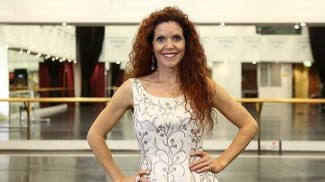
“A glorious mastery over these sometimes-troublesome instruments” says Peter McCallum in the Sydney Morning Herald.
…..and Graham Strahle reviews the Adelaide concert for The Australian
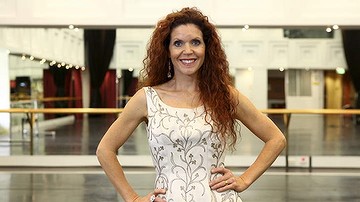

“A glorious mastery over these sometimes-troublesome instruments” says Peter McCallum in the Sydney Morning Herald.
…..and Graham Strahle reviews the Adelaide concert for The Australian
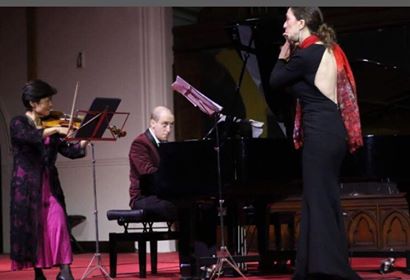
Smoke, Glass and Mirrors; Musical Subterfuge Musical Luminati Series hosted by Twilight Musical Dialogues 3 August 2018 Adamstown Uniting Church, Newcastle Written by Joseph Asquith Smoke, Glass and Mirrors; Musical Subterfuge was the third instalment of the 2018 ‘Musical Luminati’ Series, hosted by Twilight Musical Dialogues and opened the Newcastle Music Festival. The theme of…
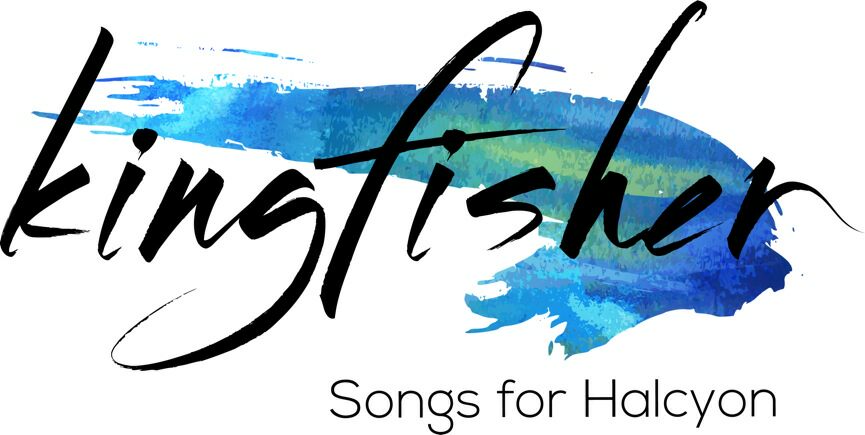
The recording, Kingfisher – Songs for Halcyon is now available on the Tall Poppies label. Below is our review of a concert performance of some of the songs from the recording from April 2014 Celebrating a decade and a half of innovative music making and professional collaboration in 2014, Halcyon presented an evening of song Kingfisher …

The Concert Hall of the Sydney Opera House was awash with relentless cascades of Wagnerian sound as the Sydney Symphony Orchestra under the direction of Chief Conductor Simone Young presented a stunning concert production of Die Walküre.

Música Anonymous The Zephyr Quartet and Jane Sheldon The Utzon Room, Sydney Opera House 17 June 2015 The ‘anonymous music’ which provided the title for this concert consists of folk and traditional music from far-flung countries, arranged by the performers themselves or by contemporary composers. The Zephyr Quartet, based in Adelaide, comprises four classically trained string players who endeavour to expand the boundaries of the normal quartet repertoire by working…
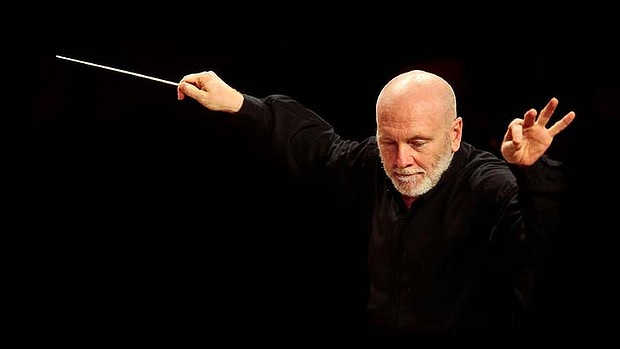
The Australian Chamber Orchestra has combined the music of Mozart and Haydn with a new commission by Brett Dean in its latest programme. Peter McCallum reviews the concert for the Sydney Morning Herald: Click here to read.

Pianist Hélène Grimaud’s recent recording Water, is an intensely pleasurable album which, at one level is a purely visceral experience which beckons you to immerse yourself in its calm and cooling waters, emerging cleansed and refreshed. At another level, it serves as an elegant reminder of the fragility of our environment and the preciousness of…